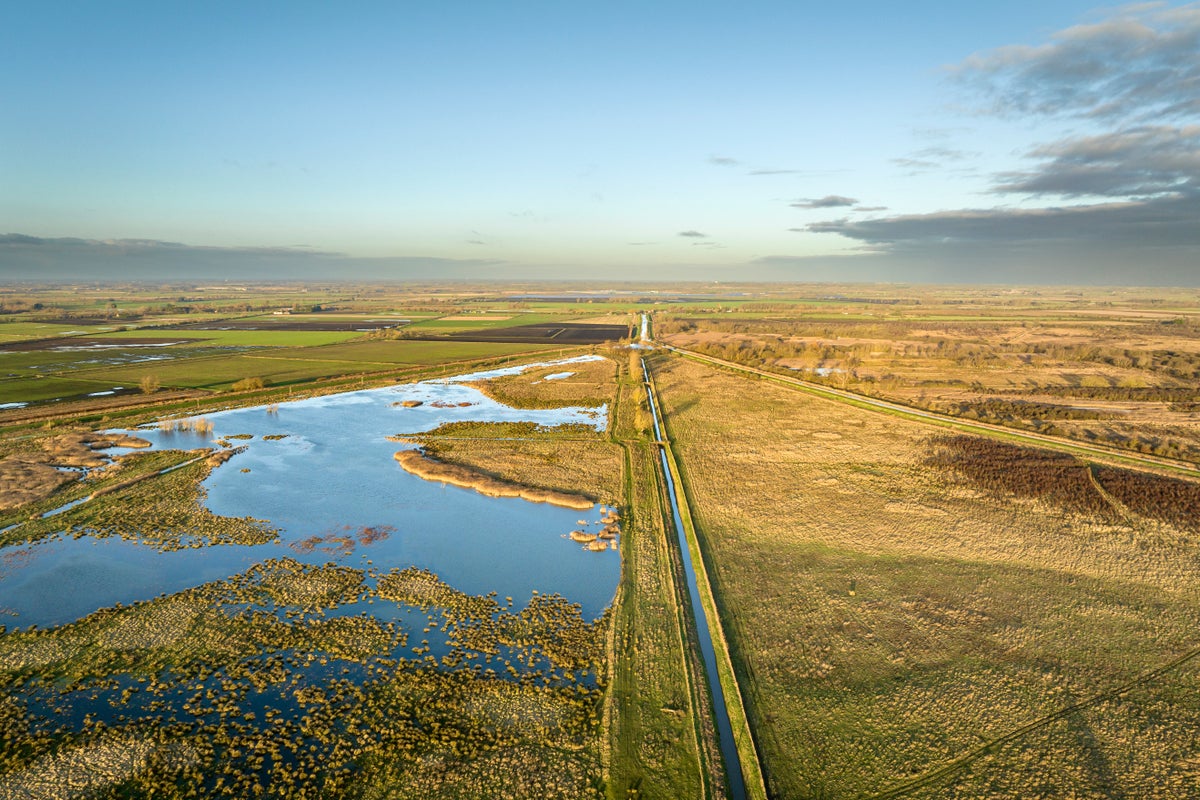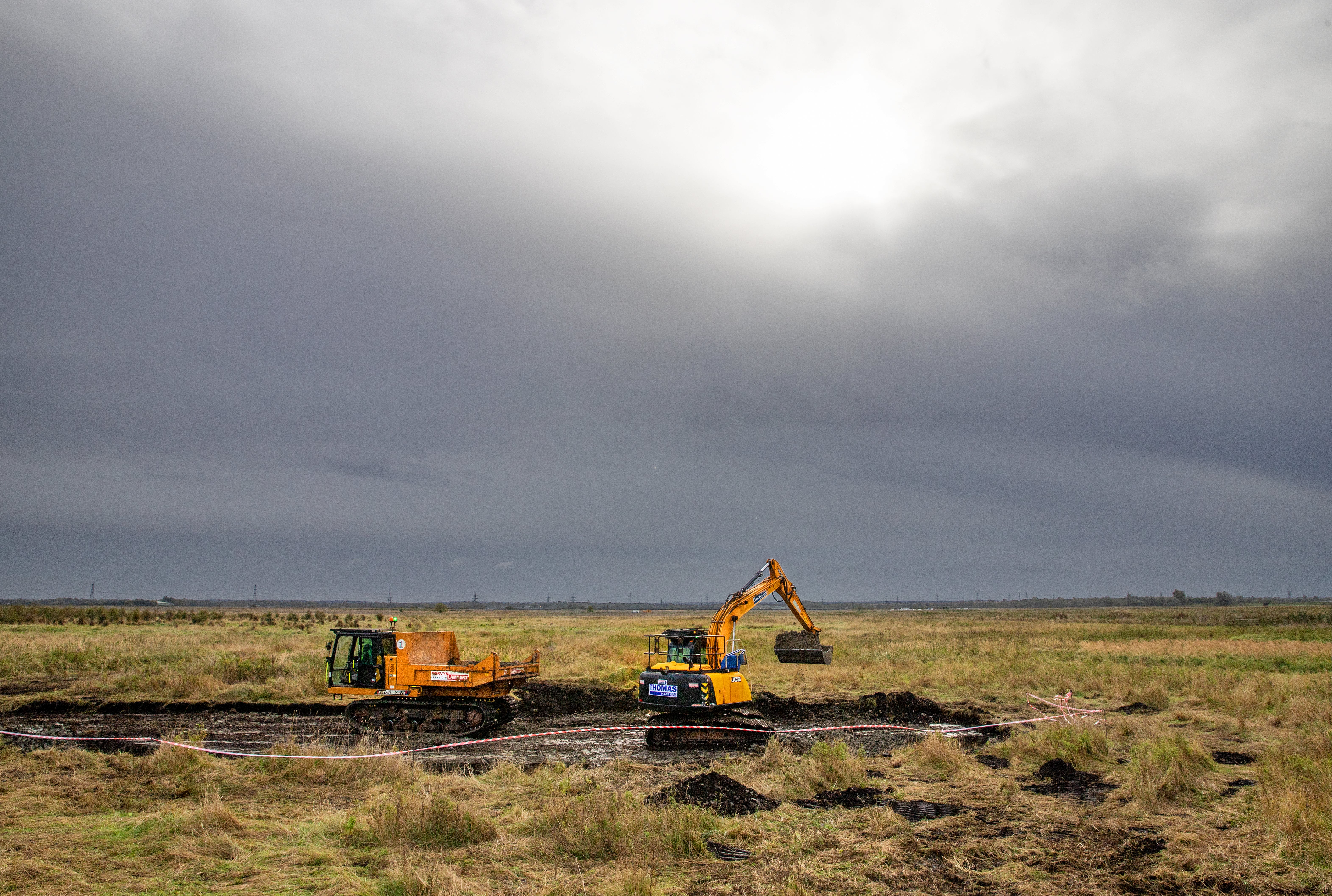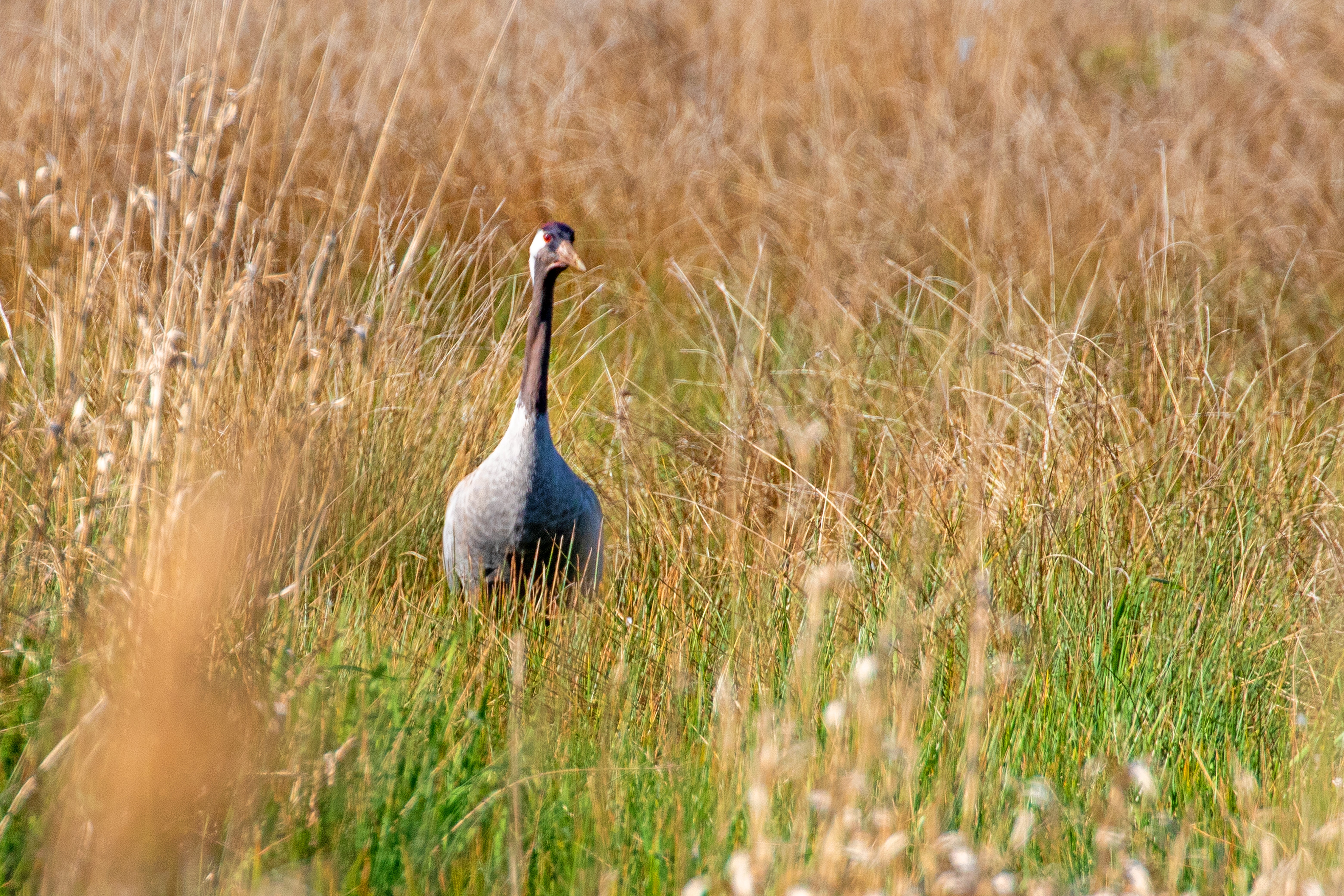
The completion of the National Trust’s largest lowland peat restoration project at its oldest nature reserve has been hailed as a “powerful step forward in the restoration of our natural world”.
Wicken Fen in Cambridgeshire, which has been looked after by the conservation charity since 1899, has undergone six months of various works to help secure its future.
One task was installing a waterproof liner along 300 metres of a perimeter boundary where water had been escaping, helping to retain moisture in the peat and lock carbon in the soil.
The overall scheme spanned 590 acres of lowland peat.

Emma Ormond-Bones, general manager at Wicken Fen, said: “Nature is declining at an alarming rate, and the climate crisis is placing unprecedented pressure on the places and species we care about.
“This project is a huge achievement for the National Trust and a powerful step forward in the restoration of our natural world.
“It’s providing the space and conditions nature needs to recover, while also helping to store carbon and make landscapes more resilient to future environmental challenges.”
Another part of the project focused on Burwell Fen, which was reclaimed for agriculture during the Second World War and acquired by the National Trust in 2001.
A clay bund was constructed and the fen was re-wetted, with rare wetland birds such as cranes and great egrets appearing within hours of the water level being raised.
Ellis Selway, peatland restoration project manager, said: “Watching cranes arrive so soon after we raised the water was a moment I won’t forget.
“It made all the effort and planning worthwhile.
“These birds are a sign that wetland life is returning, and fast.
“Seeing nature respond so quickly gives us real hope for the future of this landscape.”
New solar-powered pumps are now helping to manage water levels sustainably.

The restoration works also unearthed a bog oak which was then dated by the Cambridge Archaeological Unit using tree-ring analysis.
The results show the oak began growing in 2,894 BC and lived for 222 years, pre-dating the start of peat formation.
The National Trust said the find was older than the stones at Stonehenge.
Mark Knight, from Cambridge Archaeological Unit, said: “This discovery exemplifies that wonderful relationship between depth and time, which comes with exploring the peat fen.
“Traces of past landscapes abound beneath its surface, and what’s more, they come beautifully preserved and in clear chronological order.”
‘On a knife edge’ – hot dry spring threatens arable harvest
UK faces ‘water rationing like Mediterranean’ without new reservoirs – minister
Natural England boss reveals concern over budget for nature restoration
Government facing increasing pressure to ban bottom trawling in protected areas
How Saudi Arabia plans to avoid repeat of last year’s record Hajj deaths
Japanese scientists create plastic that dissolves in seawater within hours







